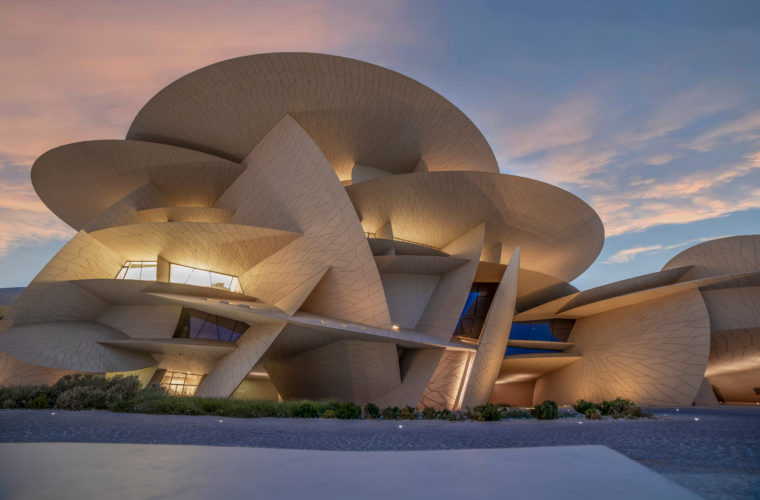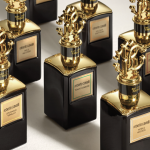From the East to the West, art knows no limit.
The Metropolitan Museum of Art in New York and the Qatar Museum are collaborating together for an exchange of different exhibitions, activities, and art. These two museums are known to be one of the most known museums around the world.
As part of the collaboration, Qatar Museums has made a sizeable donation to the Met to mark the reopening of the fully renovated Museum of Islamic Art, as well as the 10th anniversary of the opening of the Met’s rebuilt Islamic art department galleries. In return, the Met has named its art collection from the Umayyad and Abbasid periods (7th–13th centuries) the Qatar Gallery. Some of the pieces loaned to the Met by Qatar Museums include ‘Jerusalem in the Middle Ages’ (2016), ‘Sultans of Deccan India, 1500-1700: Opulence and Fantasy’ (2015),’The Great Age of the Seljuks’ (2016), and ‘Monumental Journey: Girault de Prangey’s Daguerreotypes’ (2016).
“The establishment of the Qatar Gallery at The Metropolitan Museum of Art highlights the collegiality between our institutions and our desire to advance a crucial goal we hold in common, to heighten appreciation everywhere for the art of the Islamic world,” said Sheikha Al Mayassa bint Hamad bin Khalifa Al-Thani, Chairperson of Qatar Museums. “We are proud to come together with The Met to honor the beauty, depth, and variety of a global tradition that spans 14 centuries.”
Max Hollein, director of the Met, said, “This gift is the latest instance of the longstanding relationship between our institutions, and marks the start of a broad partnership encompassing the exchange of exhibitions, programs and scholarly cooperation. This critical support is especially meaningful as we mark the 10th anniversary of the opening of the Met’s renovated Islamic art department galleries, which continue to be a source of great interest and inspiration for our millions of yearly visitors.”
The event announcing the partnership held at the Met was attended by Qatar’s Emir Sheikh Tamim bin Hamad Al-Thani, who toured the museum, and the Qatar Hall, formerly known as the Islamic Art Collection, to see its texts, artwork, and historical and archaeological collections.











